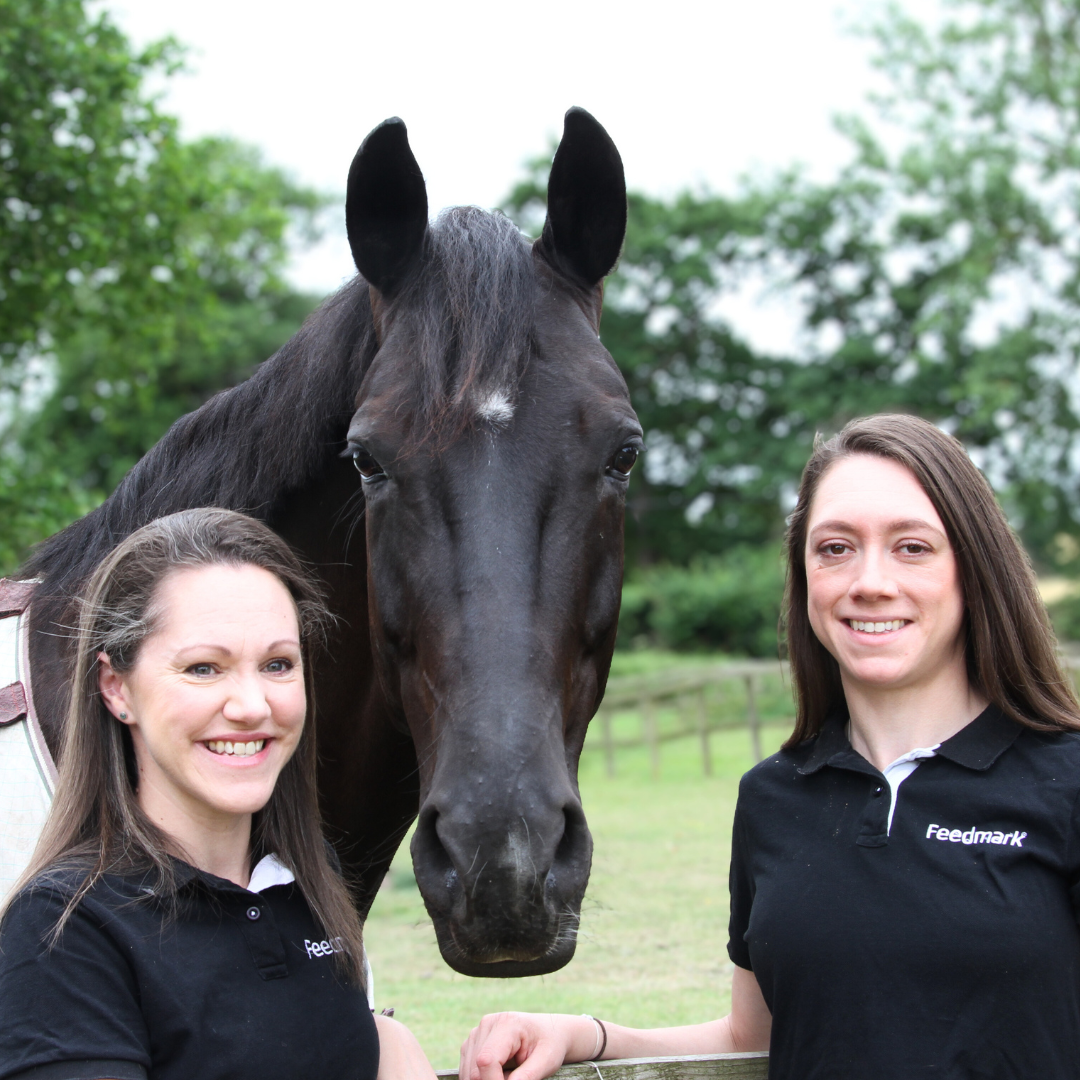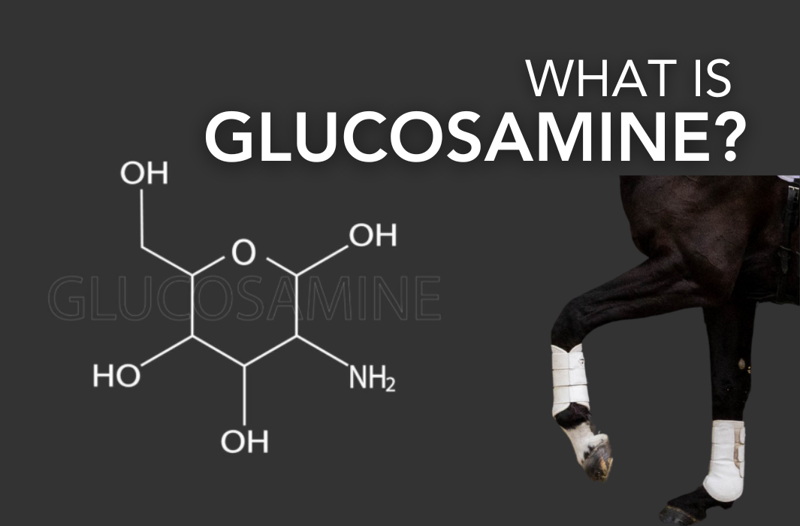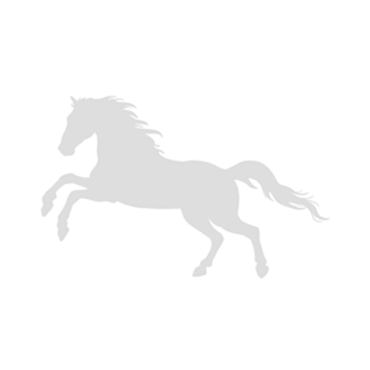Glucosamine is a molecule naturally produced within the horse, all other mammals, and even shellfish. It is classed as an amino sugar, meaning it's a type of sugar but differs in one key aspect - it has an amine group in place of a hydroxyl group that characterises the sugar molecule. This is why it has the name glucos- referring to it's similarity to the sugar glucose, and -amine to reference it's amine group. It is this small difference that gives the glucosamine molecule it's unique properties.
It's largely due to the chemical naming of the molecule that a certain amount of fear about feeding it to horses, particularly those with metabolic disfunctions such as EMS or cushings, and laminitis, has come from. However, despite glucosamine's close structural similarity to glucose, only tiny percentages are converted to sugar in the body. For a 500kg horse being fed 10g glucosamine, the equivalent sugar conversion would be less than that found in a single, small handful of grass. As such, it is considered safe to feed to horses and ponies who are metabolically challenged, even at daily intakes far higher than 10 grams.
What does it do?
Glucosamine is one of the building blocks of the cartilage and synovial fluid found in joints, and is also a structural component of tendons, ligaments and other types of connective tissue. Once it has been formed in the body using glucose as a base, it is further modified and used to make glycosaminoglycans (GAGs) and proteoglycans. The structure of these molecules gives them almost gel-like properties that mean they are ideal for acting as shock absorbers inside joints to cushion impacts as part of the synovial fluid, and also in cartilage. Additionally, the extremely smooth nature of healthy cartilage, coating the ends of bones within the joints, allows them to glide over each other with each movement. More cushioning within the joints allows concussive forces moving up the leg with each footfall to dissipate more easily. The smoother the cartilage, the lower the resistance with each movement. Both of these factors minimise the creation of an inflammatory response to movement within the joint. Inflammation creates little immune system proteins called cytokines. They’re extremely helpful in the context of an injury or illness, but are also created through concussive or high forces passing through joints. In this context, they are not particularly helpful as they contribute to the degradation of collagen and GAGs in the cartilage and synovial fluid, gradually reducing the shock-absorbing and glide capacity of the joints over time. Maintaining joint health through encouraging formation of GAGs and proteoglycans, as well as the other joint building blocks, can help mitigate some of the effects of wear and tear on cartilage and synovial fluid.
Factors affecting glucosamine production
While the GAGs and proteoglycans are the key components of the tissues within the joints, it is thought that the formation of the glucosamine (that is the precursor to these molecules) is the rate limiting factor in their fabrication.
Glucosamine production naturally decreases with age. On the other side of the equation, various factors influence the rate at which GAGs and proteoglycans are degraded. If the rate of GAG and proteoglycan degradation outweighs the rate of their production due to an insufficient supply of glucosamine, the net effect will be a reduction in the quality and functionality of the cartilage and synovial fluid.
Management strategies to reduce the rate of GAG and proteoglycan degradation include:
-
Reducing work on hard ground to minimise concussive forces through joints.
-
Cold hosing joints after hard work to minimise any inflammatory response.
-
Maintaining an appropriate bodyweight to reduce pressure exerted on joints.
-
Ensuring good blood sugar management and appropriate diets for metabolically challenged horses.
Summary
Glucosamine is an amino sugar naturally produced within the horse, and is used to make larger molecules which are vital to the structure of healthy cartilage and synovial fluid. These molecules contribute to the shock absorbing capacity of joints, and help the end of the bones glide smoothly and comfortably over each other as the horse moves. Glucosamine production naturally decreases with age, although the requirement of it can increase at any point during the horse’s lifetime depending on the rate of breakdown of the GAGs and proteoglycans. The rate of breakdown is influenced by; level of work / performance, working on hard ground, carrying excess weight, and to a certain extent poorly controlled metabolic disorders. Increased breakdown will require higher levels of glucosamine availability to maintain the net balance of these substances and therefore health and maintenance of the cartilage and synovial fluid.



